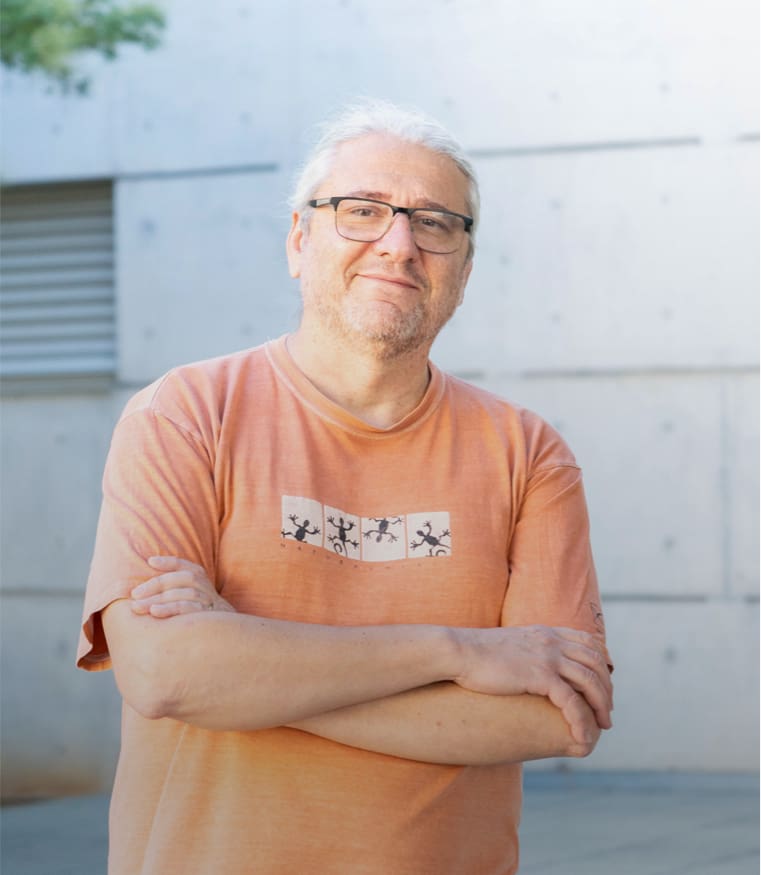Carbon-Electrode-Mediated Electrochemical Synthesis of Hypervalent Iodine Reagents Using Water as the O-Atom Source
Photoelectrocatalytic water splitting is an important goal of modern chemistry that is hindered by the slow kinetics of anodic water oxidation. Additionally, the O2 byproduct of water oxidation catalysis is of little economic value. One way to increase the energy efficiency as well as economic feasibility of photoelectrocatalytic water splitting as an industrial process is to couple the oxidation of water to the formation of value-added, oxygenated products such as olefin epoxidation or other selective oxygenation or oxidation reactions—rather than the coupling of two O-atom equivalents to O2. However, attempts at direct olefin epoxidation at the same anode where water oxidation catalysis is happening suffer from competing one-electron oxidation or overoxidation of the olefin substrate. Hence, an O-atom-transfer mediator is needed. Hypervalent iodine reagents are known to perform olefin epoxidations via O-atom transfer, oxidation reactions, as well as a myriad of other group-transfer reactions. A drawback addressed in the following work is that the synthesis of hypervalent iodine reagents typically requires the use of a powerful oxidant such as IO4– or KHSO5 with multiple steps and potentially explosive intermediates or side products. Herein, we report proof-of-principle electrochemical syntheses of a series of hypervalent iodine reagents, including: λ3–o-iodosobenzoic acid (IBA) in up to 58% isolated yield with a Faradaic efficiency 89%; the previously inaccessible λ3-ethyl 2-iodosobenzoate (IBA-ester) with ∼78% Faradaic efficiency; the well-known λ5-2-iodoxyphenyl tert-butyl sulfone (IBX-sulfone) with ∼51% Faradaic efficiency; and a mixture of λ3-2-iodosobenzene sulfonic acid (IBA-sulfonic acid) with λ5-2-iodoxybenzene sulfonic acid (IBX-sulfonic acid) with an overall Faradaic efficiency of >78%. Mechanistic studies using H218O in the electrochemical synthesis demonstrate that the O-atom in the product is initially transferred from the oxidized, O-atom-containing surface of the glassy carbon electrode, with 18O from H218O then replacing the O-atom vacancy on the carbon electrode surface. Overall, the present contribution demonstrates the electrochemical, green synthesis of novel and well-known hypervalent iodine reagents using the O-atom from H2O. The reported studies also provide insights into the electrochemical mechanism needed to optimize the synthesis yields as well as to exploit those syntheses using O-atom equivalents generated via (photo)electrochemical water splitting.

Folkman, S. J.; Finke, R. G.; Galán-Mascarós, J. R.; Miyake, G. M.
ACS Sustainable Chem. Eng. 2021, 9 (31), 0453–10467
DOI:
10.1021/acssuschemeng.1c01315

Let's create a brighter future
Join our team to work with renowned researchers, tackle groundbreaking
projects and contribute to meaningful scientific advancements



















